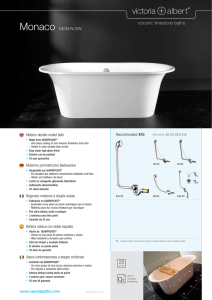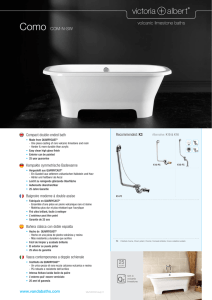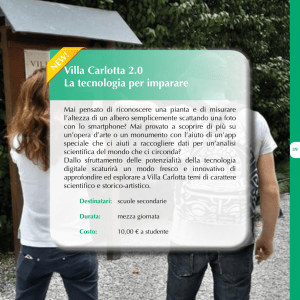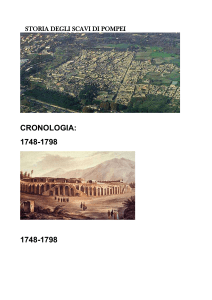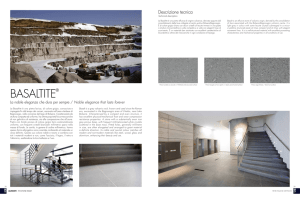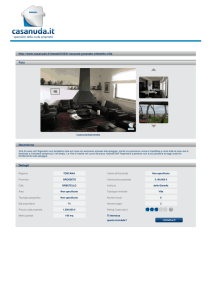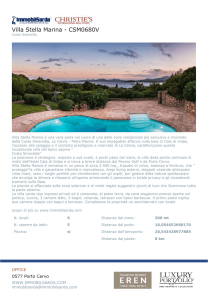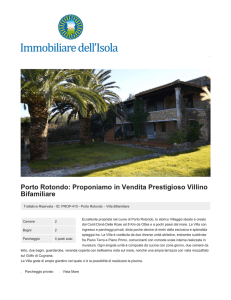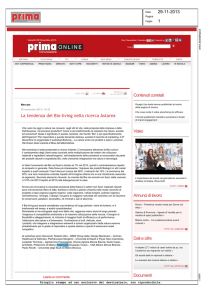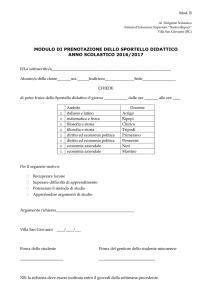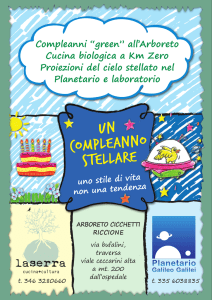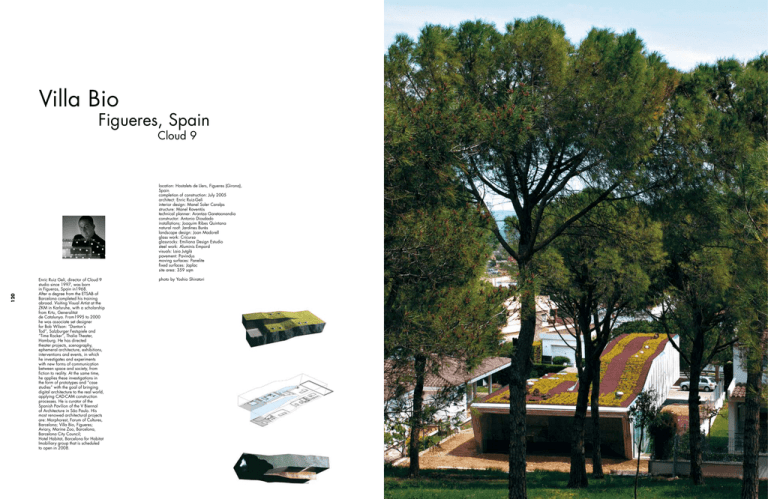
Villa Bio
Figueres, Spain
Cloud 9
120
location: Hostalets de Llers, Figueres (Girona),
Spain
completion of construction: July 2005
architect: Enric Ruiz-Geli
interior design: Manel Soler Caralps
structure: Manel Raventós
technical planner: Arantza Garetaonandia
constructor: Antonio Diosdado
installations: Joaquim Ribes Quintana
natural roof: Jardines Burés
landscape design: Joan Madorell
glass work: Cricursa
glassrocks: Emiliana Design Estudio
steel work: Aluminis Empord
visuals: Laia Jutglà
pavement: Pavindus
moving surfaces: Panelite
fixed surfaces: Japlac
site area: 359 sqm
Enric Ruiz Geli, director of Cloud 9
studio since 1997, was born
in Figueras, Spain in1968.
After a degree from the ETSAB of
Barcelona completed his training
abroad. Visiting Visual Artist at the
ZKM in Karlsruhe, with a scholarship
from Krtu, Generalitat
de Catalunya. From1995 to 2000
he was associate set designer
for Bob Wilson: “Danton’s
Tod”, Salzburger Festspiele and
“Time Rocker”, Thalia Theater,
Hamburg. He has directed
theater projects, scenography,
ephemeral architecture, exhibitions,
interventions and events, in which
he investigates and experiments
with new forms of communication
between space and society, from
fiction to reality. At the same time,
he applies these investigations in
the form of prototypes and “case
studies” with the goal of bringing
digital architecture to the real world,
applying CAD-CAM construction
processes. He is curator of the
Spanish Pavilion of the V Biennal
of Architecture in São Paulo. His
most renowed architectural projects
are: Morphorest, Forum of Cultures,
Barcelona; Villa Bio, Figueres;
Aviary, Marine Zoo, Barcelona,
Barcelona City Council;
Hotel Habitat, Barcelona for Habitat
Imobiliary group that is scheduled
to open in 2008.
photo by Yoshio Shiratori
122
Il tetto della villa è ricoperto di roccia vulcanica,
materiale tradizionalmente utilizzato in queste
zone come isolante termico e come componente
per fabbricare il cemento alleggerito. La roccia
vulcanica è impiegata in Spagna nell’architettura da
esterni per la sua porosità, poiché, mescolata con
altri componenti, ossigena il substrato su cui cresce
la vegetazione.
Inoltre, per via della sua scarsa densità,
è comunemente utilizzata come componente
di base per tetti-giardino al posto della sabbia
o della ghiaia. La roccia vulcanica
è particolarmente diffusa nel nord della Spagna
e può avere origine locale o provenire da altri
paesi, come la Francia. In questo edificio i massi
più grandi hanno solo scopo decorativo.
La copertura non ha un sistema di irrigazione.
Quando piove, l’acqua viene raccolta e drenata
e l’innaffiamento delle piante avviene per risalita
capillare. Le specie presenti sono adatte ai climi
mediterranei: quella più diffusa è la Astenia
Cordifolia (dall’Africa meridionale), ma ci sono
anche altre specie come la Lavandola Angustifolia,
il Thymus Vulgaris ed il Rosmarinus Officinalis.
Queste piante hanno la funzione di isolare l’interno
della casa sia dal caldo che dal freddo, con un
risparmio notevole di energia.
La struttura della copertura della Villa Bio è stata
così realizzata: sopra uno strato impermeabile ne
è stato sovrapposto uno di geotessile, materiale
permeabile usato sia per proteggere gli strati
resistenti all’acqua che per drenare.
Questo primo strato di geotessile è stato ricoperto
di roccia vulcanica, usata come isolante e drenante,
sopra la quale è stato aggiunto un altro strato di
geotessile e infine il materiale organico elaborato
dalla Bures S.A. appositamente per questo progetto.
Questo ultimo strato preserva il manto verde da
una eccessiva evaporazione ed aiuta a limitare
l’erosione. Il sistema usato per la copertura
di Villa Bio è stato sviluppato da Imma Garcia
e Silvia Bures, ed è frutto di una ricerca congiunta
tra la Bures S.A., compagnia specializzata nella
fornitura di substrato da copertura, e la sua filiale,
la compagnia Jardimper, specializzata nella
progettazione ambientale sostenibile.
The roof was covered with
volcanic rock, being this
a material that has been
traditionally used in our areas
as heat insulator and to make
light concrete in construction.
Volcanic rock is used in Spain
in landscaping because
of its porosity, because
when it is mixed with other
components, it adds aeration
to the growing medium.
Furthermore, because its
density is very low, it is
commonly used as
a component of growing
media for green roofs instead
of sand or gravel.
Volcanic rock is used in the
North of Spain and it can
be of local origin or from
other European countries, like
France. Bigger volcanic rocks
were used in this case for
decoration.
The cover does not have an
irrigation system. As the roof
collects rainwater, water is
kept on the drainage layer
and it is used for watering the
plants through capillary rise.
Plants that were used are
adapted to mediterranean
climates. The main species
is Aptenia Cordifolia (South
Africa), and there are also
other Mediterranean plants
like Lavandula Angustifolia,
Thymus Vulgaris and
Rosmarinus Officinalis.
This type of roof provides
insulation from hot and cold
weather. These systems are
used to save energy.
The process for the Villa
Bio cover make-up was: we
extended a layer of geotextile
over the waterproof layer on
top of the building.
The geotextile is a permeable
fabric which is used to
protect the waterproof layer
and also to separate two
different layers of substrate
materials, being used as well
for dreinage purposes. This
first geotextile fabric was
covered by a layer of volcanic
rock. Over the volcanic rock
that was used as insulator
and drainage layer, we put
another geotextile fabric, and
then the organic substrate
especially developed by Bures
S.A. This final layer keeps
the cover from excess of
evaporation and helps control
erosion.
The system used in the Villa
Bio cover was developed
by Imma Garcia and silvia
Bures, from a joint research
project between Bures S.A.,
a Company specialized
in manufacturing growing
media, and its filial Company
Jardimper, specialized in
sustainable landscaping.
site plan
0
1
3
124
first level plan
section B-B’
section C-C’
section A-A’
section D-D’
0
ground level plan
1
3
21
11
11
127 scenari di architettura architectural scenario
1
11
21
9
10
12
6
north elevation
9
13
20
16
south elevation
0
1
3
section D-D’
1
section C-C’
2
section A-A’
section D-D’
21 5
11
section B-B’
0
1
3
1.
2.
3.
4.
5.
6.
7.
8.
9.
10.
11.
12.
13.
14.
15.
16.
17.
18.
19.
20.
21.
22.
23.
24.
garden
concrete façade
concrete façade 45x30 cm
concrete façade 50x340 cm
concrete roofing framework
concrete flooring framework
air grating
glass stones made by Emiliana design
vertical laminated glass frames
skylight 70 cm
natural light duct
Sivra lighting system by iGuzzini
screen with topographic texture
waterproof reinforcement
Luz de Pavés surface
industrial flooring
garage ramp
meadow
volcanic stones
antislip glass
volcanic stones
external lighting Linealuce, iGuzzini
green coloured leds
aromatic herbs
9
7.
8
3
10
24
6
21
section
18
19
22
transversal sections
13
17
12
9
20
23
2
15
4
16
19
22

